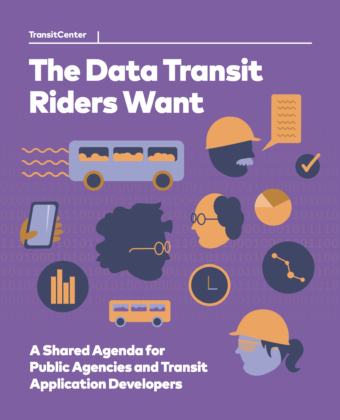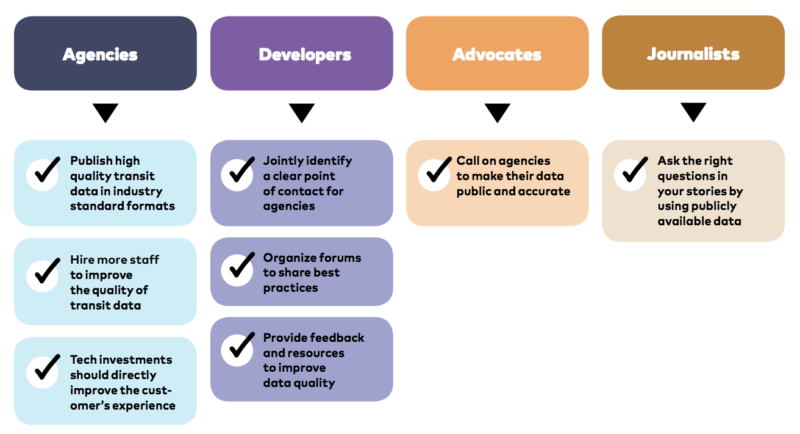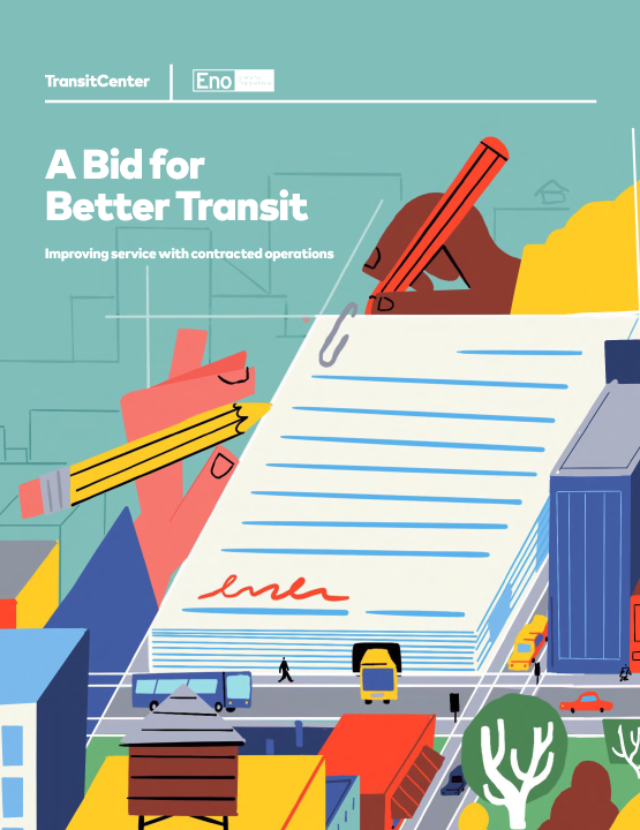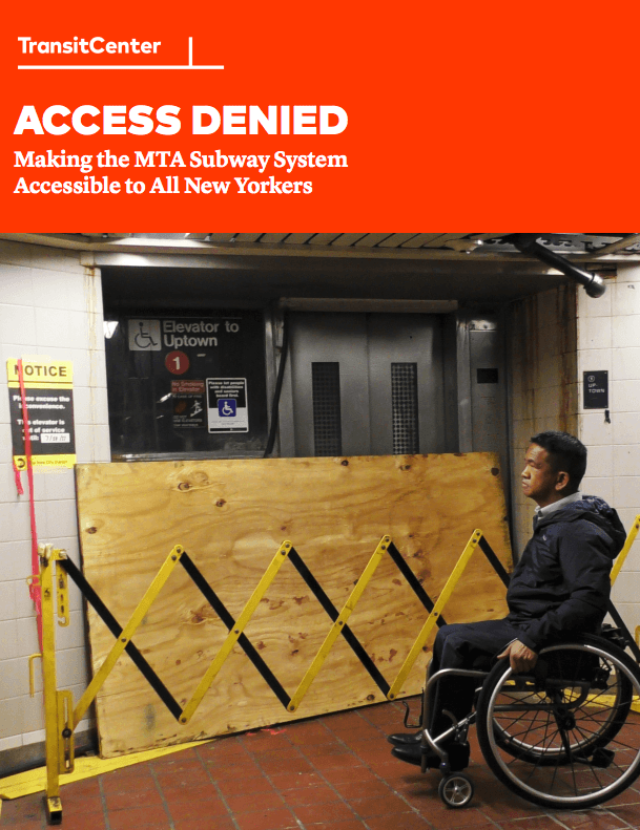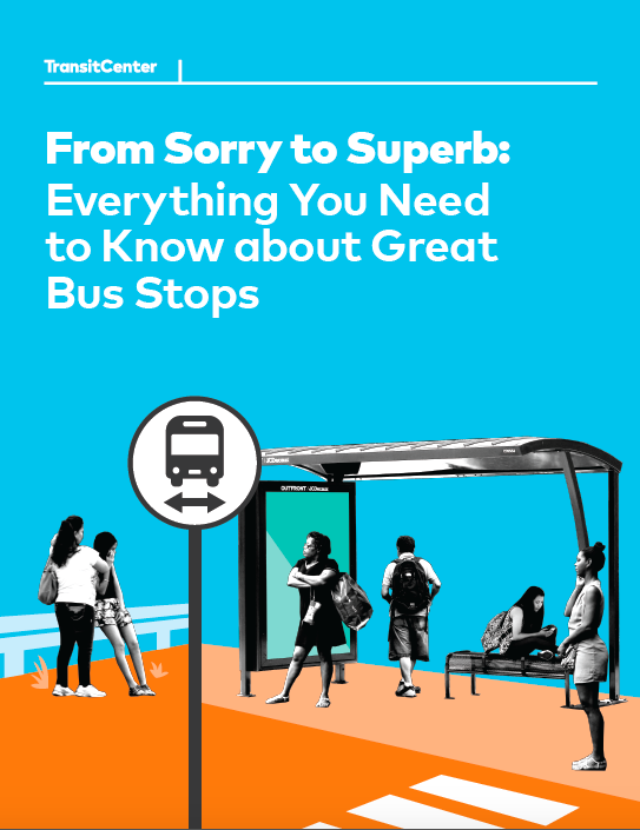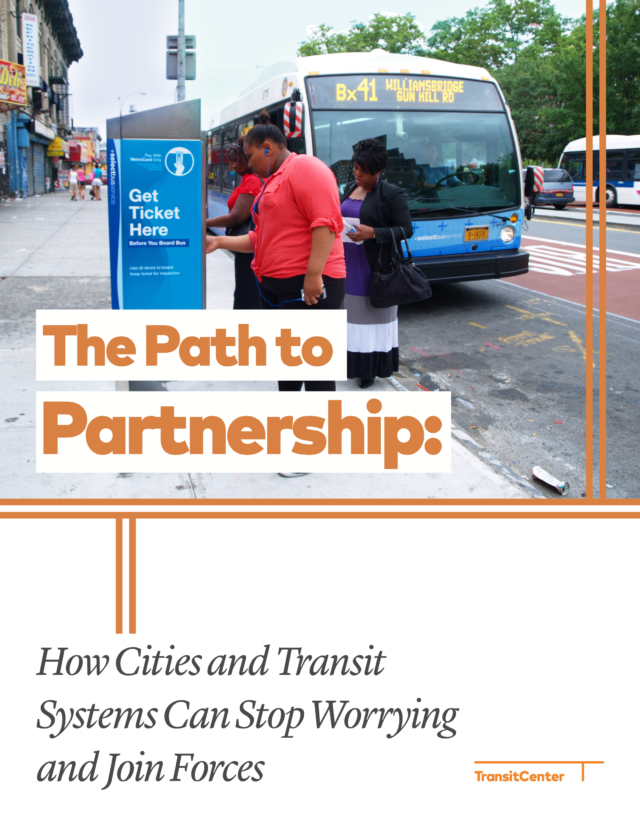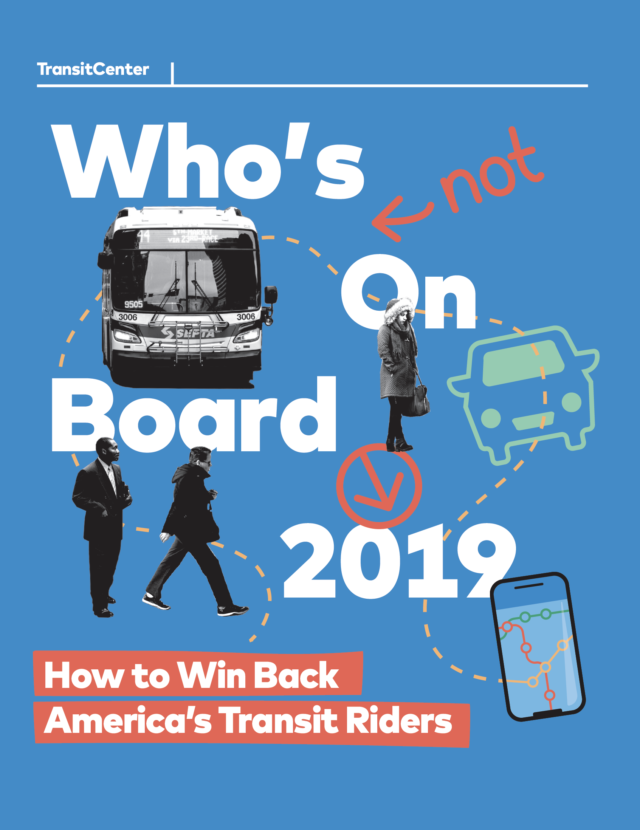Introduction
With access to improved transit data feeds, riders are able to make better-informed travel decisions; agencies preserve and grow ridership and improve their planning and operations capacity; and third-party trip-planning apps are able to offer a more seamless travel experience to an expanded user base.
Each of these outcomes is a win for riders, yet despite this, data programs at most public agencies lag behind industry best practice. Implementation of existing data specifications is inconsistent, with many agencies releasing low-quality data that makes travel more difficult for transit riders in every app.
Absent champions in senior leadership, data departments lack the resources necessary to do more than maintain the same data the agency has been relying on for years, while the rest of the transportation industry is undergoing rapid, iterative technological change.
With this change comes opportunity, and strong alignment between public and private sector goals creates opportunities for symbiotic collaborations. This alignment is embedded in the history of transit data specifications, as the General Transit Feed Specification (GTFS) and its GTFS-realtime extension have been built on a rich history of public-private collaboration.
These specifications have evolved over time, but not fast enough to meet the needs of transit riders and practitioners in both public and private sectors.
Data producers (transit agencies) and transit application developers (private companies) need to develop a set of actionable, shared priorities that will enable transit data specifications and their implementations to match the needs of transit riders today. This was the motivation behind an October 2017 workshop hosted jointly by TransitCenter and Rocky Mountain Institute, which brought together a diverse group of public and private stakeholders to start setting a new agenda for transit data specifications and compiling best practices for their implementation. RMI and TransitCenter, in collaboration with transit data producers and application developers, aim to continue to carry this agenda forward through a combination of digital and in-person convenings, peer-reviewed research, and development of improved data specifications and open-source software.
Recommendations
- Data management and policy
- Data Quality
- Data Specifications
Data management and policy
Producing high quality, publicly available data must be a priority for transit agencies that seek to improve their service for riders. The first step in doing so is for agencies to recognize the importance of their data and make data infrastructure a priority.
Data quality
Comprehensive and widely available data is only valuable if it is accurate and timely. If it is not, riders suffer from poor trip planning information, agencies are unable to rely on their own data to improve planning and operations, and application developers as well as agencies can quickly lose rider trust. Transit agencies should invest in their data hardware and software systems to ensure they are able to produce high quality data, and application developers should work with each other and with transit agencies to provide feedback on data structures.
Data specifications
Since the release of GTFS in 2006 and GTFS-realtime in 2011, online trip planning is now nearly ubiquitous and multiple thirdparty application developers have flourished by bringing accurate transit routing information to millions of riders. Agencies have also benefited by having more data available to inform planning and operational decisions. Expectations for information have only increased, and this has put pressure on the existing data specifications to evolve. Agencies and application developers will need to continue working together to expand on GTFS to be able to bring riders and agencies themselves more information, such as in-station routing and temporary changes to transit service.
